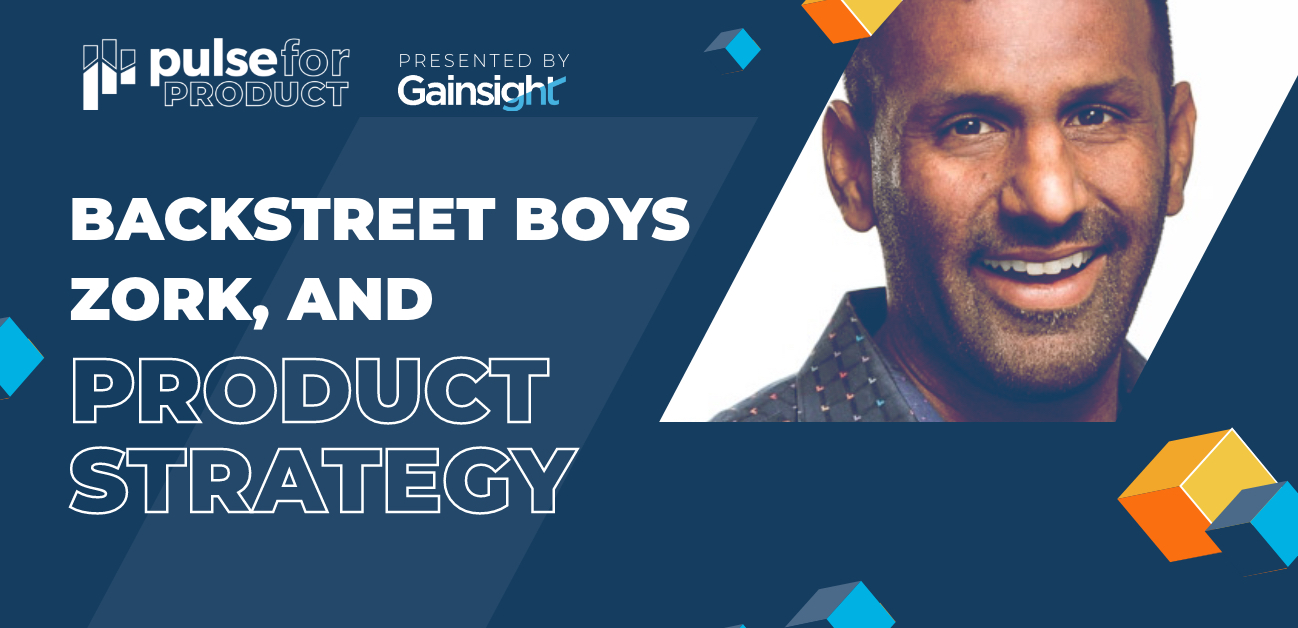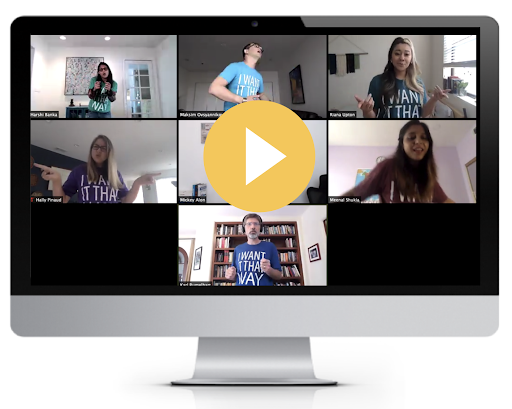You are standing in an open field west of a white house with a boarded front door.
There is a small mailbox here.
And just like that, the keynote (err, I mean, game) is afoot! Two sentences and a blinking cursor was all it took to capture my imagination back when I first started leveling up in the ZORK I text-only video game.
At our first-ever Pulse for Product event, we got inspired by this idea of video games, the nostalgia of 8-bit classics, the 90s (or really any year excluding 2020 – the bar is low), and leveling up (which ultimately became our theme for the event).
So let’s go back in time for a moment, perhaps not all the way to the 90s, but to the year 2000. What I love about ZORK I is probably also what led me to become a product manager, my very first software job.
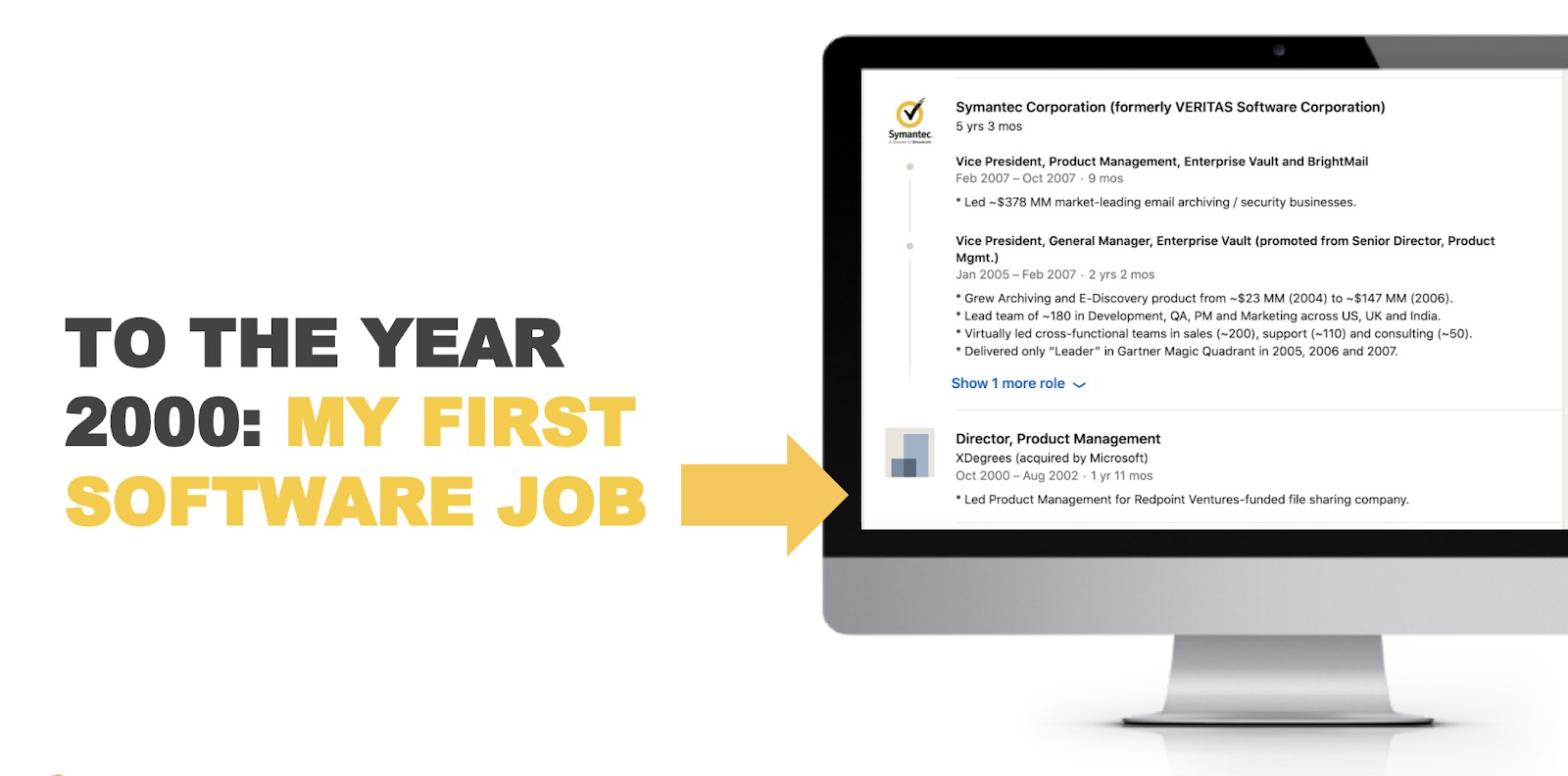
It was the sense of endless possibilities. At the risk of getting all “back in my day…” about video games, no amount of ray tracing or frames-per-second or deterministic world-building will ever be able to match the level of detail in a child’s imagination. And when I started in product management back in 2000, it was that sense of excitement and possibility that attracted me to the job—the promise of AOL Instant Messenger and the blank slate. The blinking cursor.
B2B product management has always been strategic. But it’s becoming even more so in this new world of Product-led Growth. But I also know the job is HARD!
Just like video games, product management has changed a lot over the years. It’s become much more advanced, more nuanced, more strategic—and more important than ever.
Back in 2000, the strategy for Product Management was:
- Do what Sales wants.
- And what Sales wants.
- And every now and then, what Gartner wants.
The job seemed challenging then.
But what’s life in Product like now? Everyone has an opinion. Every input from Sales, to Support, to Customer Success, even the CEO thinks they’re right (yes, I said it!).
That’s why we made this Childlike-joy-inspired homage to The Backstreet Boys of the 90s; they all want it that way!
Somehow, product managers take that cacophony of demands and turn them into a symphony.
But even if you meet all those external expectations, there’s still one more stakeholder eager to level up: yourself. At the core of amazing products are the humans who built them and the humans who use them. If 2020 has taught us anything, it’s that products must be human-first. So if there’s one thing that I hope our Pulse for Product attendees feel, it’s that product has never been more important.
There’s no blank slate; there’s simply the product manager’s vision for what it could be. The possibilities that drew us all to this job in the first place. The most successful companies with the biggest valuations place Product Management at the core of their strategy. Investors are all looking for the same thing. If you can demonstrate a high Net Retention Rate (NRR)—in other words, negative churn—private and public investors will reward you. High NRR shows the market you serve is large and growing faster, and your company understands how to capture that growth.
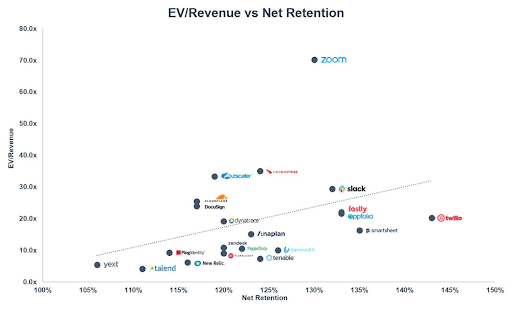
The Impact of NRR on Valuation for Public SaaS Companies, Software Equity Group; July 2020 https://softwareequity.com/the-impact-of-net-retention-on-valuation-for-public-saas-companies
Unicorns like Canva, Asana, Airtable, Notion, and Coda get it—with their emphasis on leveling up their product and driving net retention, their valuation has skyrocketed.
All those companies rode incredibly strong, advanced products to massive growth and massive paydays. But nobody pours $185 million dollars into a company just by looking at a product UX or running down a list of features and functions. What really drove those companies to the next level was the product’s strength measured in dollar retention.
We call it Product-Led Growth.
Product-Led Growth is inherently human. All of us are customers – the bar is being raised, and the game is leveling up (and fast) in technology. In the old world, all the power lived with the sales reps. Then we saw the first era of SaaS where software was easier to change, and the power shifted to the economic buyer. What’s happening today with the modern cloud business means the user has all the power.
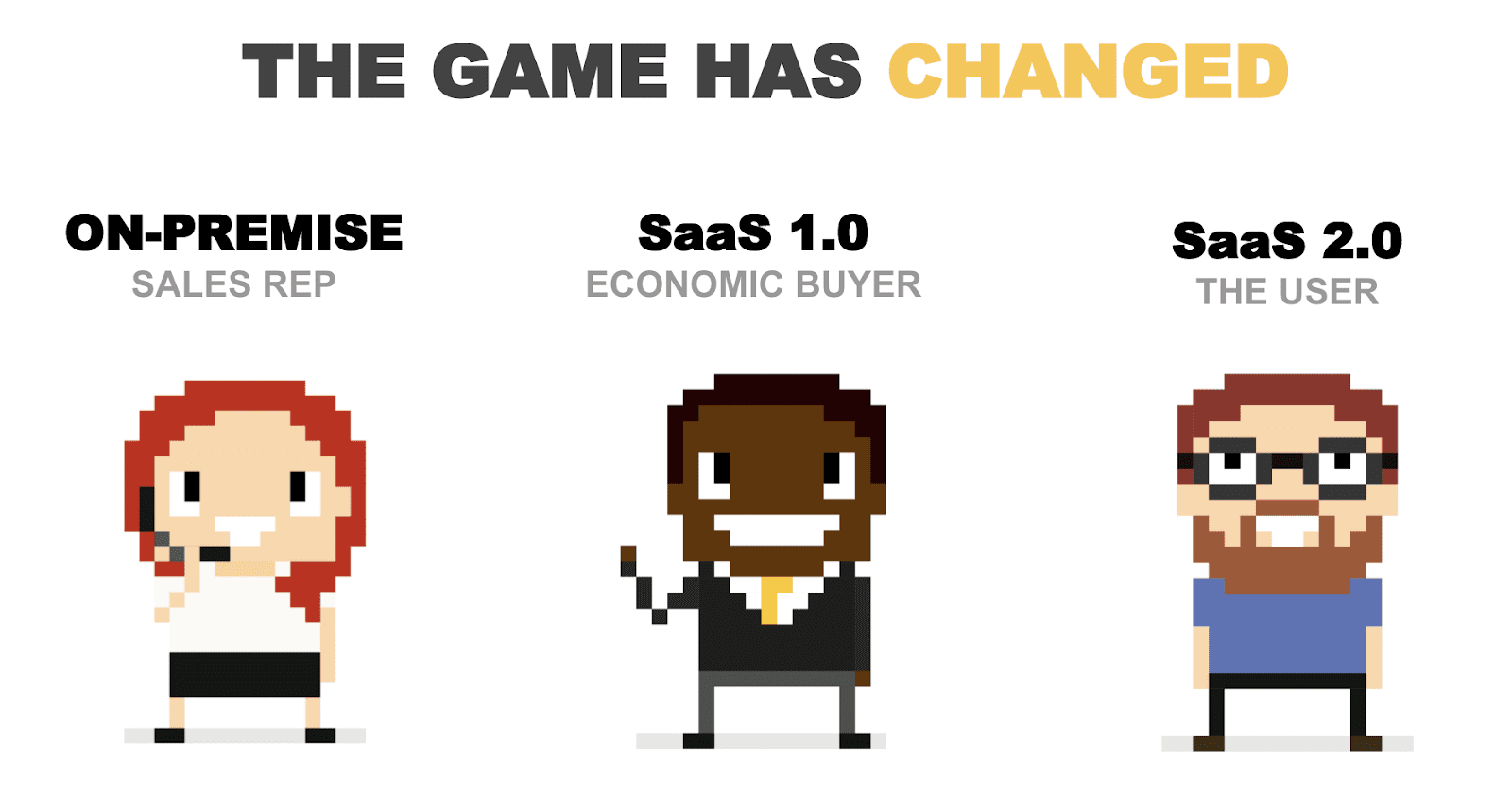
With the power of choice in the user’s hands, every category is getting more competitive. This forces us to prioritize our products and level up the customer experience. So why doesn’t this just automatically happen? What’s got us stuck at one level?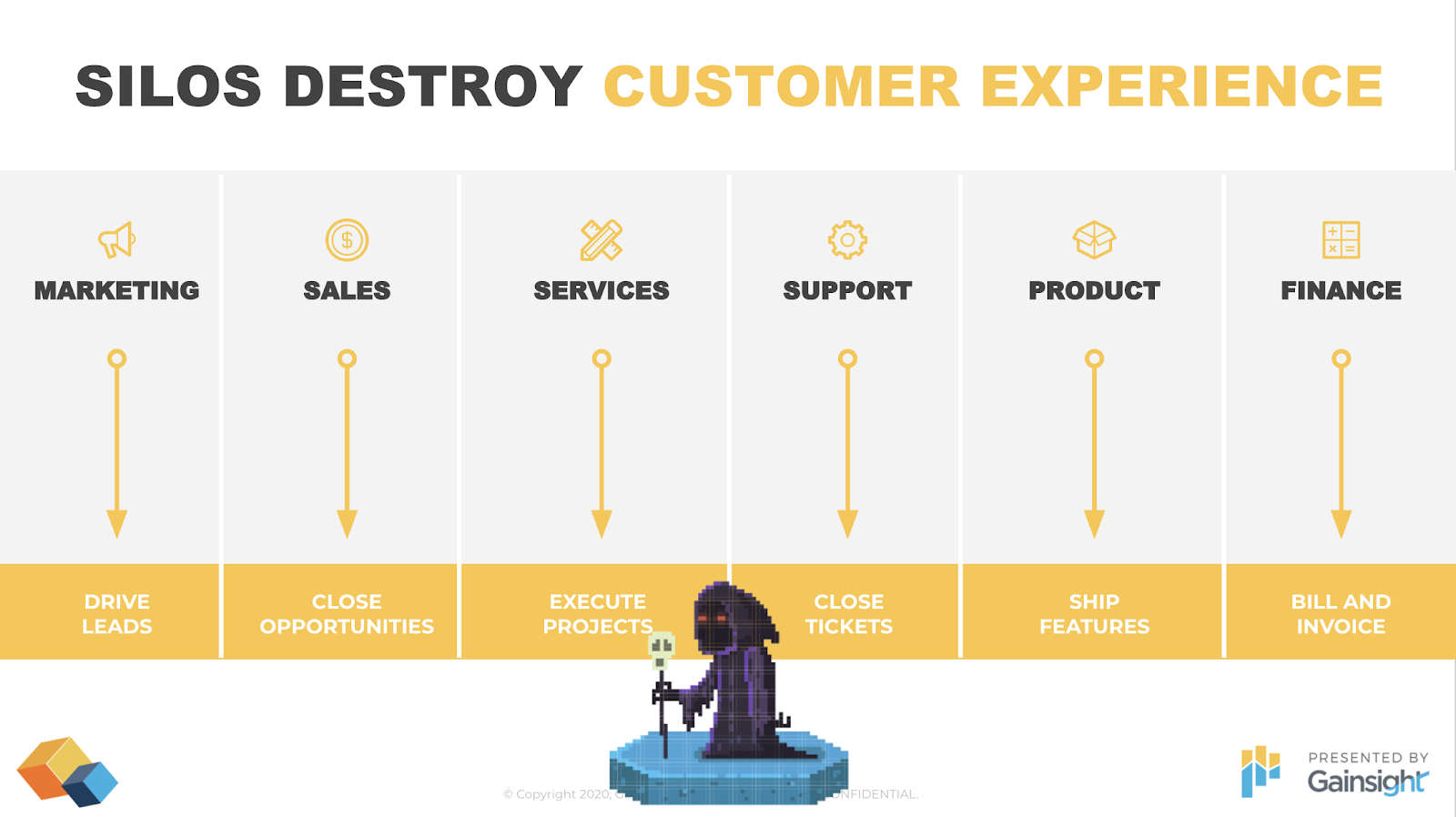
Silos doom! We worry about our organization and our priorities and forget to look at the end to end customer experience. I know Product Managers feel this all the time.
But you are not alone. Customer Success is the Luigi to your Mario—different, but better together! I’ve spent the last nearly decade of my career working with Customer Success professionals who have the same objective as you—we all want our products to be loved and valued. We all want to level up through the Mushroom Kingdom to defeat the evil Bowser on behalf of Princess Toadstool – too much?!
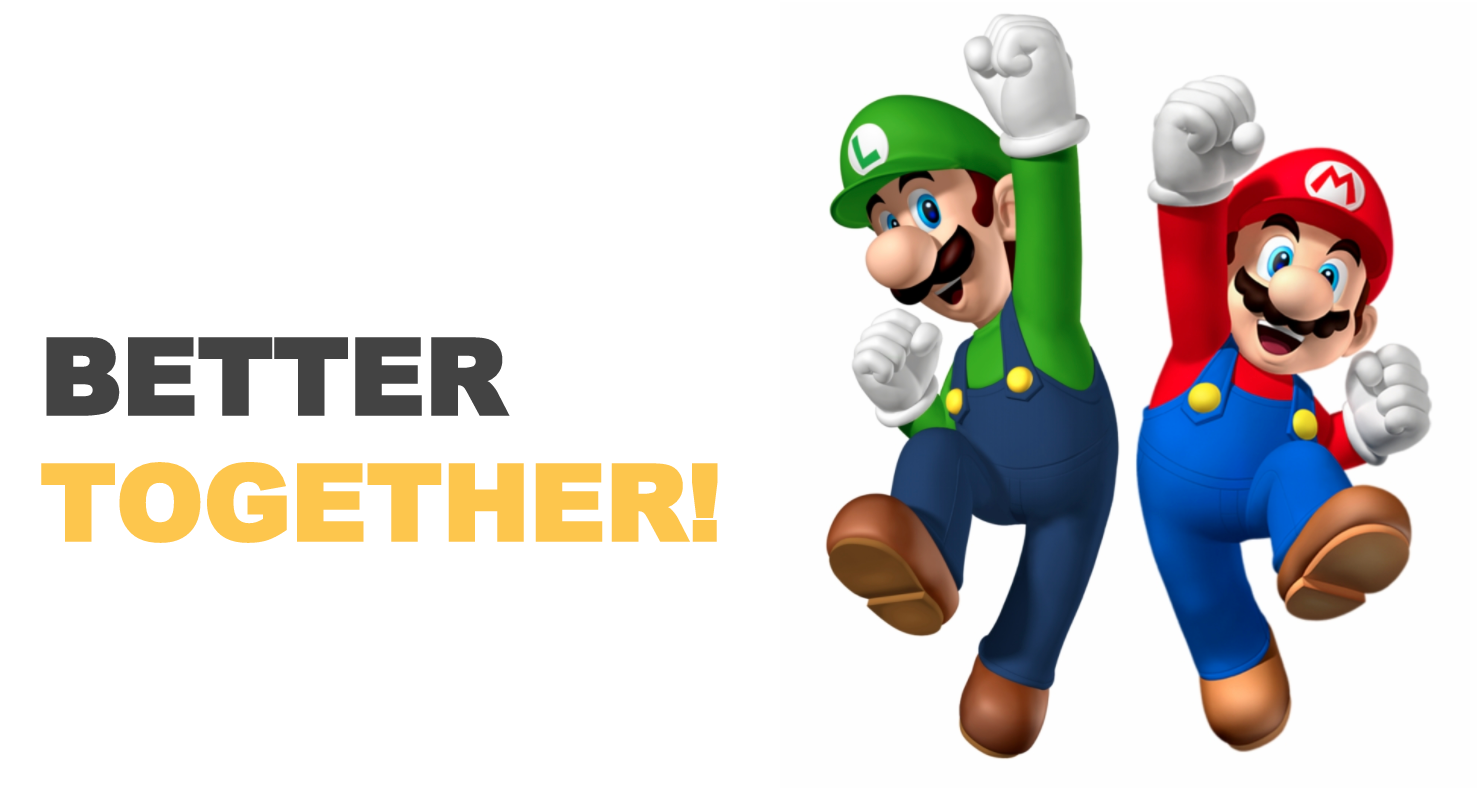
My hope for our first ever Pulse for Product is that we tap into that same spirit I had playing ZORK I as a kid. A sense of adventure. That feeling that anything is possible with a bit of imagination. But more than that, we want to get across the idea that product teams need to level up their strategy too, to focus on product-led growth.
That’s why we created four tracks for this event. Just like you need all four Warriors of Dawn to defeat Exdeath and reunite the crystals, you’ll need all four tracks to level up your product efforts.
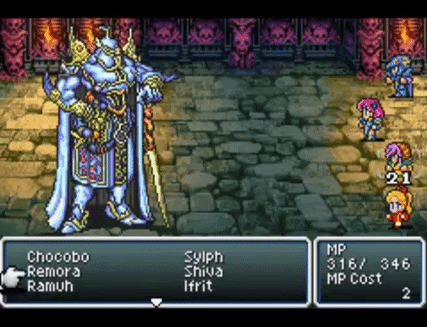
- Level Up Your Product Strategy: top product leaders share their battle-tested strategies to drive conversions, boost engagement, and drive revenue.
- Level Up Your Customer Experience: product innovators share what they are doing to unify experiences in and out of the product, cultivate advocates, and build a roadmap to delight users.
- Level Up Your Team And Career: a 100% focus on helping you improve your skills, your team, and your internal alignment at any level of the Product team.
- Level Up Your Product Stack: we’re putting the top minds in product management front and center to share the tools and tech that can equip you to be more customer-centric, make data-driven decisions, and fuel growth.
And just like in Legend of Zelda, it’s dangerous to go alone.
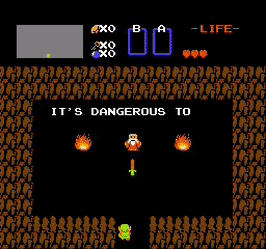
Throughout my entire journey, my companions have been my parents, whom I liken to the Indian version of the Costanza’s from the sitcom Seinfeld. Also, as my guidepost has been our company values and our mission to be living proof that you can win in business while being human first.
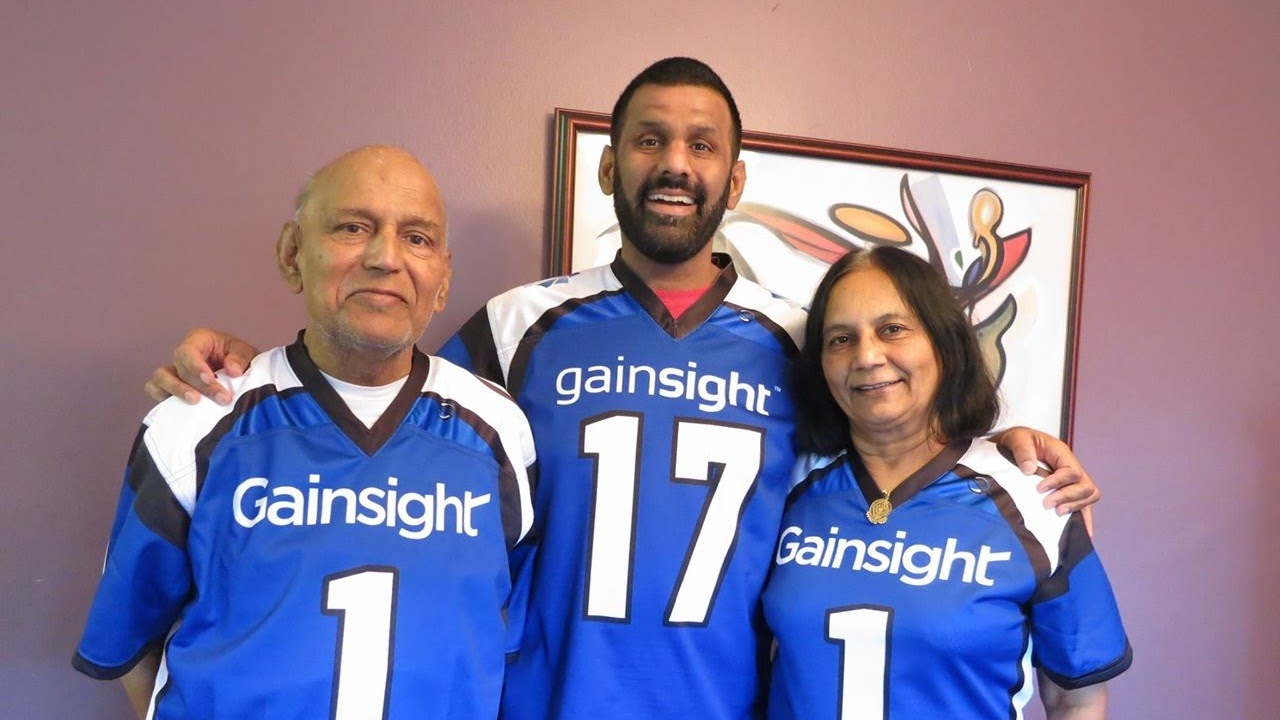
Business exists for human beings. In 2020 especially, nearly every business has adopted this philosophy, and we see an unmistakable shift to a new kind of leadership: at Gainsight, we call it human-first leadership. I’m fortunate each week through my Human-First LinkedIn Series to learn from some of the best.
My challenge to us all is to do even better—let’s say level up, shall we?! Our role in product is about giving humans great technology to make them thrive, so “if not now, when, if not us, who?”
